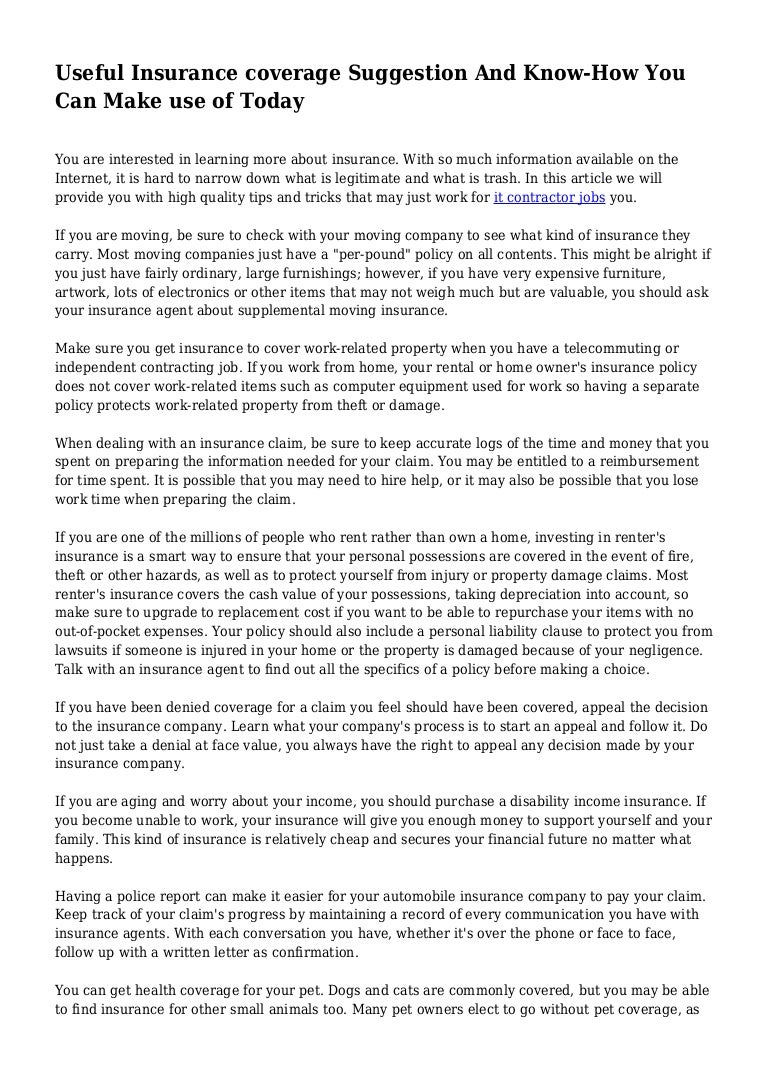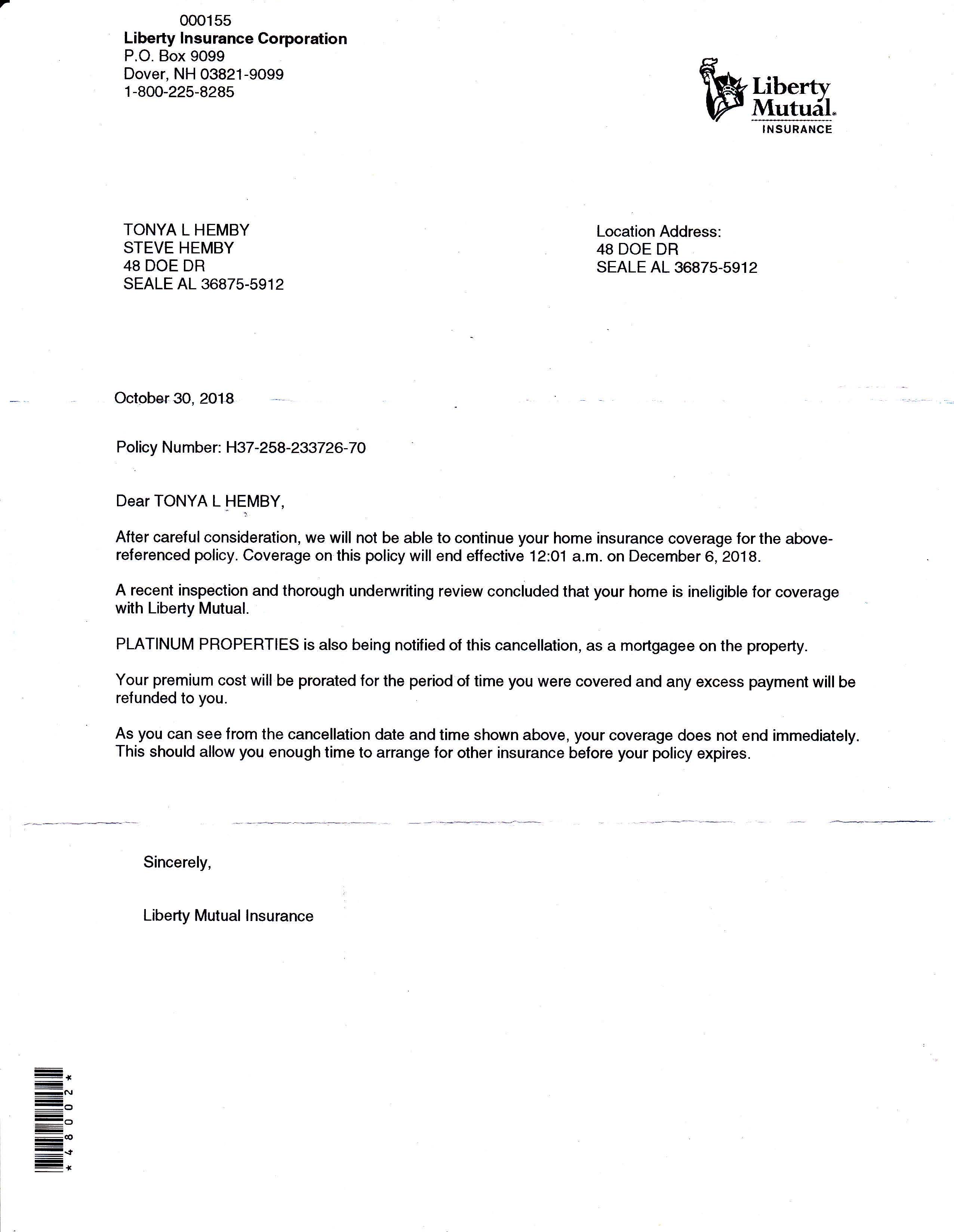Table of Content
Rates are based on a policy with dwelling coverage of $300,000 and liability coverage of $100,000. You can’t up and move your house, but there are ways to lower your homeowners insurance costs. This covers damage or loss of your personal belongings, such as clothes, electronics, furniture and appliances.
Personal liability in home insurance covers settlements, judgments against you and lawyer costs—but only up to the liability limits of your policy. This covers damage to property not attached to your house, such as a shed or gazebo. The coverage amount usually is 10% of your dwelling coverage limit but you can increase it. Once you have all this information, you will calculate how much it’ll cost per month or even per year in terms of homeowners insurance premiums. To do this, simply plug these numbers into an online calculator, and it’ll give you the exact amount.
Average Homeowners Insurance Cost Per Year for Various Coverage Amounts
For example, while rates are extremely low in Hawaii, this doesn’t factor in the cost of separate hurricane insurance you’ll be required to purchase if you have a mortgage. Depending on where you live, you can expect to pay anywhere from $500 a year to over $4,000 a year — a $3,500 difference. At Insure.com, we are committed to providing honest and reliable information so that you can make the best financial decisions for you and your family. All of our content is written and reviewed by industry professionals and insurance experts.

No matter where your home is, there are some ways you can save some money on your policy. Before joining Insider, she wrote about financial and automotive topics as a freelancer for brands like LendingTree and Credit Karma. Liz was a reporter at Insider, primarily covering personal-finance topics. Get the latest tips you need to manage your money — delivered to you biweekly. Means lowering your potential benefit, which makes your rates cheaper.
How much is homeowners insurance?
We leveraged our industry experience, access to average premium data through Quadrant Information Services and common homeowner scenarios to help give an idea how much home insurance might cost. However, while our insight into average home insurance costs can be helpful, keep in mind that your rate will vary based on your own unique rating profile. Below, you can compare your state’s average home insurance costs to others across the nation. This homeowners insurance comparison by state shows average homeowners insurance for a $300,000 house, or that amount in dwelling coverage, and a $1,000 deductible.
As for your personal belongings coverage, limits are typically set at 50% to 70% of your dwelling coverage, and expensive items typically have a dollar limit placed on them. If you need or want more, you’ll need to analyze the value of your home and assets to adjust the limits accordingly. A homeowners insurance calculator can also help you run the numbers. As you can see from the two tables above, your premium costs will be based on location, house size, and the type of construction materials being used. A standard home insurance policy might not provide all the protections you need.
Does a $150,000 Home Need Replacement Cost Coverage?
In addition to homeowners insurance, you should also consider additional insurance coverage, including hazard, flood and earthquake insurance. Personal property coverage refers to insurance that covers damage to all personal property and possessions inside your home. This can include everything from valuable furniture items to electronics to jewelry and more. To determine how much personal property coverage you need, you should make an inventory of your personal belongings and estimate what it would cost to replace them. This number is what you should aim for as a personal property coverage limit. In some cases, your insurer will automatically set your personal property coverage at 50% of your dwelling coverage.

The cost of home insurance can vary depending on many factors, including where you live, your home’s value, the frequency of weather-related risks and potential natural disasters. Most states allow insurance companies to check your credit history. Here’s the average cost of homeowners insurance for five different home ages. Electing for a higher deductible is one to lower your home insurance rates, but it also means you'll have to pay more out of pocket when you file a claim.
Getting rid of coverage you don't absolutely need can help lower your home insurance bill. Your deductible is the amount you’re required to pay out of pocket on each claim before your insurance kicks in to cover the rest. Most insurance companies give you the option of choosing a deductible of anywhere from $500 to $2,500, although this will vary by insurer. The Kansas Insurance Department estimated losses of $220,840,165 in 2022 from windstorms, tornados and hail, which contributes to Kansas’ high homeowners insurance rates. We compiled the nationwide average costs of home insurance based on different amounts of coverage, based on an analysis by Insure.com.
This interactive guide can help you identify potential problems before they arise. Covers medical payments for minor injuries to people who don't live with you but get hurt on your property. Helpful bicycle insurance agents, who can assist you in servicing your policy, are just a phone call away. Helpful event insurance agents, who can assist you in servicing your policy, are just a phone call away. Of course, depending on the size/age/quality level of these items will determine how much coverage – if any – you’ll get for them if they get destroyed due to some sort of damage. So you’ll be paying more or less than these amounts depending on the factors listed above for each state.
If someone injures themselves on your property and you exhaust your homeowner’s insurance, you could end up paying out of pocket. Make a list of all your assets, determine what is and isn’t covered, include bank accounts and investments. If your policy maxes out at a number less than this one, then consider the benefits of umbrella insurance.

Replacement cost coverage pays the amount needed to replace your belongings with comparable items at current market prices. A few providers offer replacement cost coverage in their standard policies; others provide replacement cost riders. Deductibles also vary by company, but most insurance policies require a $500 or $1,000 minimum deductible. If you pay a deductible higher than $1,000, that may save you money on the coverage policy long-term.
Its average rates are an astounding 203% lower than the national average. For more protection, you can choose replacement cost coverage instead. With this type of policy, your insurer will pay out what it would cost to repair or rebuild your home in today's dollars. Other coverage options are typically optional endorsements but not always.

No comments:
Post a Comment